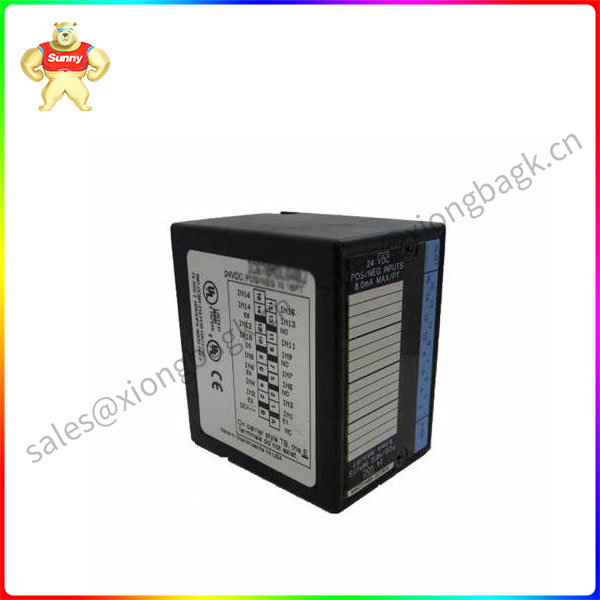GE Fanuc recently launched a new analog output module IC670ALG310-JA, which provides strong support for industrial automation control systems with its high performance and high precision. The IC670ALG310-JA module is designed with 8 different voltage output channels, which can be automatically adjusted according to the operator’s configuration, ensuring the accuracy and stability of the output signal. “The 8-point isolated analog voltage source output module (IC670ALG310) accommodates 8 voltage outputs in two isolated groups of 4 each”.
With an output range from -10V to +10V, the module has 14-bit high resolution and is able to provide a fine control signal to meet the stringent requirements of various industrial applications. In addition, the IC670ALG310-JA also has an overrange output function, when the output value exceeds the set maximum or minimum output setting of 50 millivolts, the module considers it to be out of range, which enhances the safety and reliability of the system.

The IC670ALG310-JA module’s enhanced diagnostic function is also one of its highlights, which can easily detect overrange and underrange conditions, user outages and uncalibrated modules to ensure stable system operation. At the same time, the module also has a user-configurable alarm function to provide timely alarms for different events, which is convenient for users to respond and deal with in time.
The compact size of the module makes it suitable for installation in small Spaces. At the same time, its data exchange function supports 0 to 8 words of analog output data, 0 to 3 bytes of input data for module and channel status, 0 to 2 bytes of output data for alarm clearing. The accuracy and real-time performance of the data is ensured. “The IC670ALG310 output module has enhanced diagnostic functions”.
Concluding remarks:
The introduction of the IC670ALG310-JA analog output module further enriches GE Fanuc’s product line in the field of industrial automation and is expected to play an important role in improving production efficiency, optimizing product quality, reducing energy consumption and reducing failure rates.
 中文版
中文版




